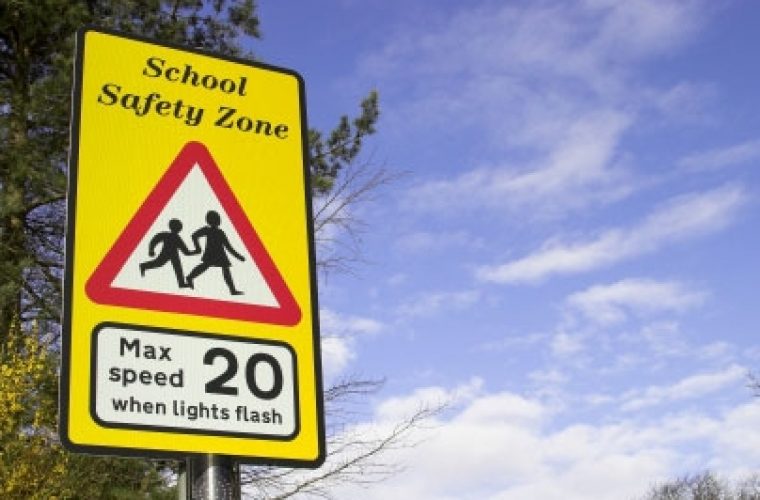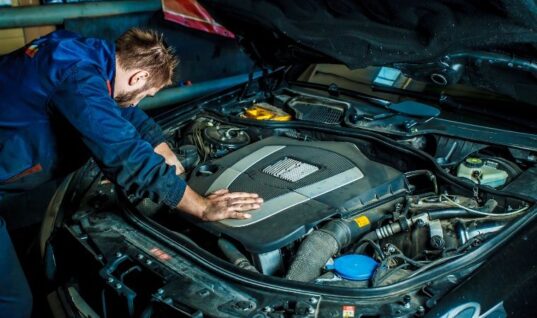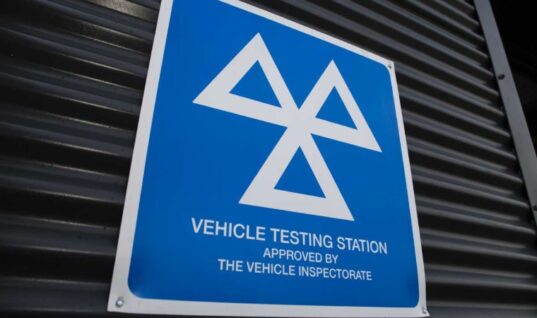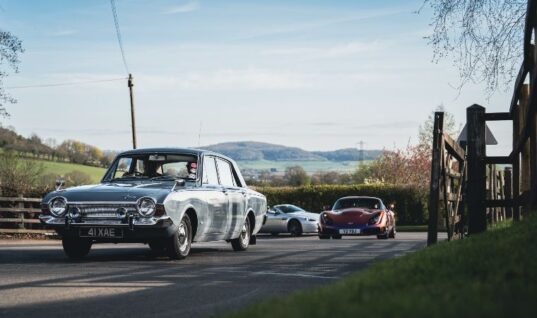After what can sometimes seem an endless summer holiday, the nation’s schoolchildren are preparing to return, so as roads get busier it’s important to remember 20% of all accidents involving children happening on the way to or back from school.
Approved Garages share some practical advice below to help everyone get to school safely.
Think of the children
It’s a new term and children have a lot to think about. They’ll be meeting new teachers, meeting up with old friends and beginning the next stage of their academic careers. Some will even be starting new schools.
In other words, for the next few weeks they’ll be even less focused than normal on road safety. Expect to see children stepping off the pavement and even dashing unexpectedly across the road – and be prepared to drive accordingly.
The Government agrees: “There is a risk of pedestrians, especially children, stepping unexpectedly into the road. You should drive with the safety of children in mind at a speed suitable for the conditions,” states the official advice.
Wise drivers will be extra vigilant during the school run. Slow down and pay attention to flashing amber warning signs that indicate children may be crossing the road ahead. Be aware of what’s happening on the pavements and give large groups of schoolchildren plenty of room.
The statistics
The stark fact is that the slower you are driving the less likely you are to hit a child and, if you do, you’re far less likely to kill them. At 40 mph (64 km/h) your vehicle will probably kill any child it hits. At 20 mph (32 km/h) there is only a 1 in 20 chance of the pedestrian being killed.
Don’t forget bikes
There’s likely to be an increase in cyclists on the roads leading to schools and colleges too, so it’s a good idea to brush up on the basics of sharing the road with cyclists. But again, be aware that children may be less predictable than adults when riding a bike, and more prone to distraction. Slow down and give them lots of room.
STOP
If you see a ‘Stop for Children’ sign you must stop. Don’t show signs of impatience like revving your engine when waiting for children to cross.
Be bus aware
Whether they’re official school vehicles or not, take extra care around stationary buses near to schools and colleges. Children and young people are likely to be getting on and off and may well be looking to cross the road in front of the bus.
Older is not safer
Some drivers obey these rules near infant and primary schools, but don’t feel the need to be as cautious around older children and secondary schools. And it’s true that as children become teenagers they do become more aware of road safety, and casualties begin to decline from the age of 13 onwards.
But statistic show that the ages of 11 and 12 are the most dangerous of all. The start of secondary school and the independence it brings, coupled with reduced supervision, mean that a boy of 11 is twice as likely to be killed or seriously injured on a school journey than he was a year earlier.
Stop the distractions
It should be obvious that driving near schools, or driving on the school run, is not the time to retune the radio or engage in passionate debate with passengers. Your full alertness could save a child’s life.
For all the latest on about Approved Garages, follow the ‘More Details’ button below.







